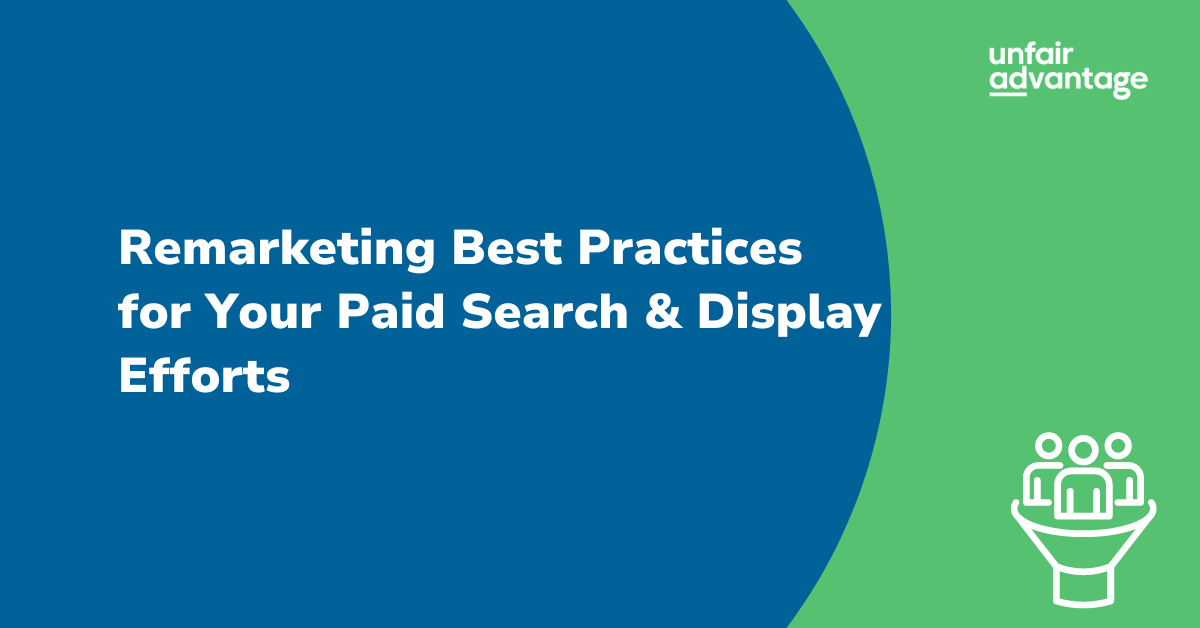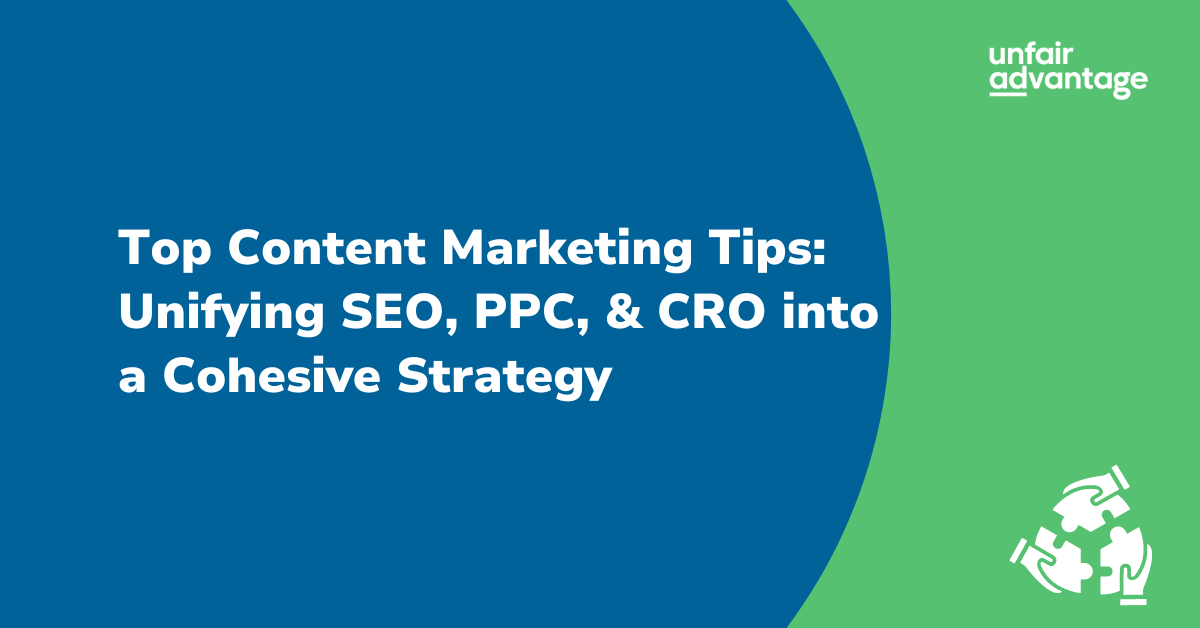
Embracing Social Media as Part of Your Paid Marketing Strategy
Embracing Social Media as Part of Your Paid Marketing Strategy
In today’s era of social media it should come as no surprise that all major social networks are offering paid marketing options. Since the digital world changes so quickly, you may not even be aware of all the opportunities and benefits paid social media marketing has to offer. Many social platforms provide unique opportunities for businesses to reach different audiences and with over 3.96 billion social media users worldwide since January 2022 ( source ) social media’s role in anyone’s paid effort strategy should not be ignored.

Unfair Advantage recommends considering expanding your paid marketing efforts into social media when:
- The specific social media platform matches your target audience
- You are looking for new, cost-effective ways to target your audience
- The targeting options and ad types allow you to strategically reach your audience
Keep reading for details on the implementation of social media paid marketing efforts focused on LinkedIn.
Why Add Social Media to Paid Marketing Efforts?
When choosing where to place your ads or what specific platform works best for you it’s important to know exactly where your target audience will be. Social media provides a cost-effective way to supplement your advertising efforts with the possibility of becoming a significant driver for your business. Social networks also utilize their specific user information in order to serve highly relevant advertisements to your targeted audience to make that click count. In many instances, when your target audiences align with the specific demographics of a platform, social ads can be the next-level piece of the puzzle.
Give Me an Example.
For instance, LinkedIn is a great platform for B2B clients. With over 610 million monthly users who are on the platform expressly for business purposes, LinkedIn’s users are in the right mindset to consider a relevant opportunity. Additionally, in LinkedIn you can tailor your target audience by filtering for specific industries, job titles, education levels, and more to get the most out of your marketing spend. As one example, if you’re selling a web security tool, in LinkedIn you can target by job title (web developers) or specific industries (finance, healthcare, education, etc.). The screenshot below illustrates some of the job titles selected for a LinkedIn campaign for an auto industry client.

When selecting your targeting, Unfair Advantage recommends monitoring your intended audience size so that it is not too broad or too narrow. LinkedIn provides a great in-channel tool to forecast your target audience size as well as a percentage breakdown per segment, as shown in the screenshot below, to ensure you are targeting a pool that is large enough for statistical significance and small enough to manage easily.

What Goals Can I Measure in LinkedIn?
There are three common objectives in LinkedIn marketing: building brand awareness (upper funnel), driving engagements (mid-funnel), and lead generation (lower funnel). Your objective determines the KPIs to focus on. For brand awareness campaigns, your main KPI will be click volume (to show interest in brand) and may also include click-through-rate and/or the average engagement driven by paid clicks (which can also include social actions such as likes, comments, or shares). In a lead generation campaign your KPIs will be different as you are wanting to see people completing an action (signups, downloads, or purchases) which can be tracked by conversion rate, cost-per-lead, and conversion volume.
What Ad Types Does LinkedIn Offer?
Once you’ve specified your target audience and your goals, it’s time to design the ads themselves. There are many different ad formats available on LinkedIn to test. Advertisers can choose from sponsored content, sponsored messaging, text ads, or a mix of all three. Sponsored content ads are a form of native advertising that appear in the LinkedIn feed, across both mobile and desktop, and are available in image ads, carousel ads, or video ads. This ad type is great for showcasing different display creative along with your ad copy. Notice that in the example below, both a visual and a link are included as well as text, providing a lot of opportunity for custom messaging and engagement.

Sponsored messaging ads deliver personalized, targeted messages that appear in users’ inbox or conversation boxes. Finally, there are text ads: similar to text ads in Google, these are a pay-per-click equivalent that show across LinkedIn desktop. Audience targeting and marketing goals will guide which ad format or combination of formats will best fit each campaign.
How Do I Test Paid Marketing in LinkedIn?
So are you ready to try out paid marketing in LinkedIn? First, decide what percent of your budget you want to put into a new channel. This varies between different advertisers; remember that in testing anything new, you want enough data to make a statistically significant decision without risking too much of your budget. Start with a spend level you are comfortable with while also keeping in mind that LinkedIn is more expensive than other social channels such as Facebook. The average CPCs in LinkedIn range from $7 to $11, which may seem high, but with the extensive targeting options, you can expect less wasted spend as your ads are in front of a highly targeted audience. Average cost for monthly spend in LinkedIn ranges from $200 to $1,500 a month with minimum budgets set at $10 per day.
Along with your budget and spend, you will need to decide how long you will be testing in LinkedIn. With any new launch, Unfair Advantage recommends a minimum of two weeks to one month testing period in order to gather enough data to make a decision on its value. It is also important to note that you can utilize UTM codes to connect LinkedIn to your Google Analytics account in order to better track success.
Contact us to learn more about the Unfair Advantage approach to digital marketing, including our social media best practices, and more.

